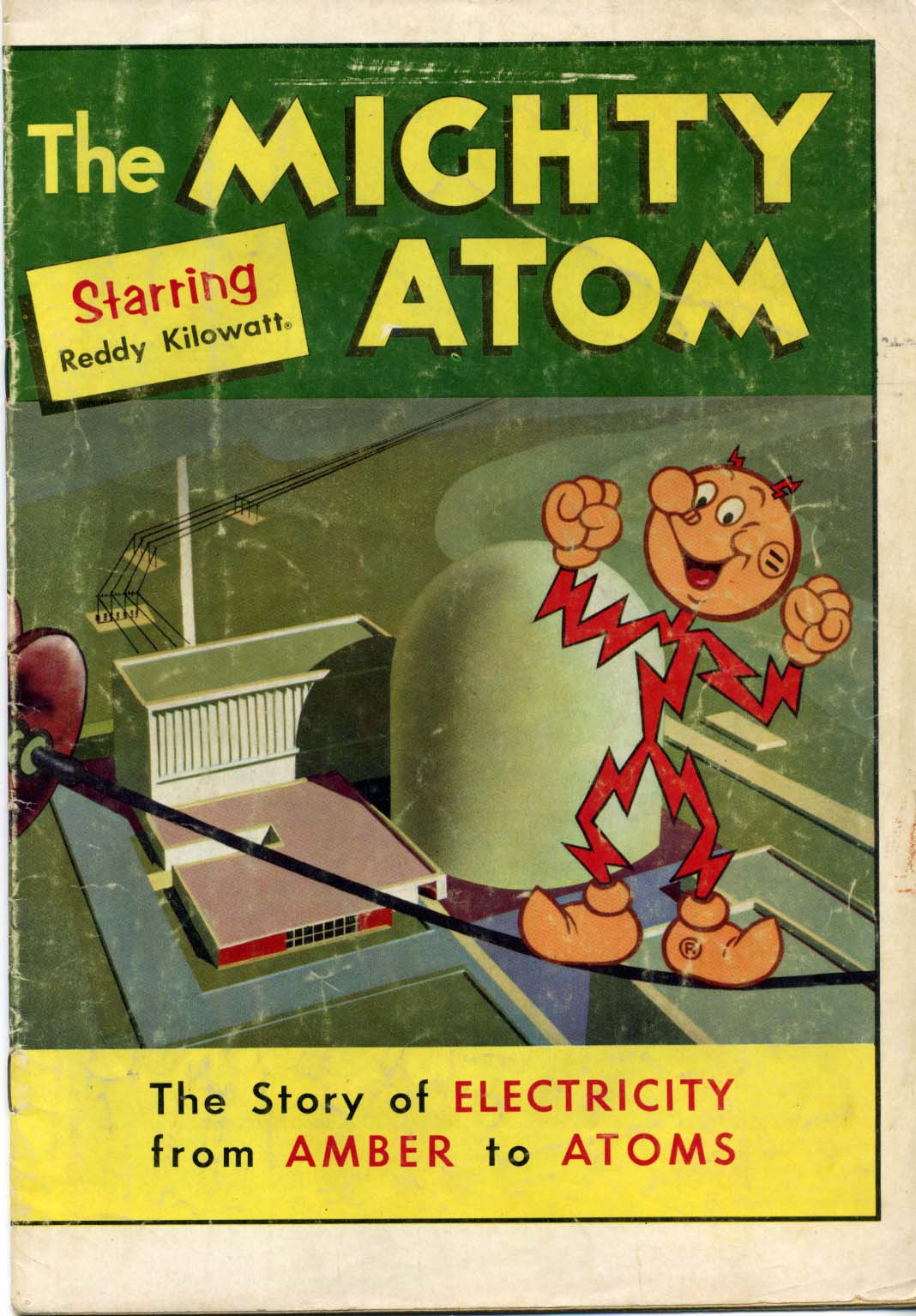 Few have heard of NuScale. That’s changing.
Few have heard of NuScale. That’s changing.
NuScale Power is the Oregon State University startup cofounded in 2007 by Dr. Jose Reyes, the chief technology officer. Reyes developed the innovative design for NuScale’s small modular reactor, which later captured the attention of Fluor, now its primary investor.
The enthusiasm for the future comes in part from the versatility of the NuScale modules. The applications range from balancing renewables (when the wind stops blowing) to powering desalination plants. In fact, eight NuScale modules could power a desalination plant providing enough drinking water and electricity for a city of 300,000 people.
SMRs are nuclear reactors that produce less than 300 megawatts of electricity. Compare that to a large reactor like  Energy Northwest’s Columbia Generating Station, located outside of Richland, Washington, which produces more than 1,200 megawatts and can power a city the size of Seattle.
Energy Northwest’s Columbia Generating Station, located outside of Richland, Washington, which produces more than 1,200 megawatts and can power a city the size of Seattle.
The NuScale design comprises up to 12 50-MW nuclear reactors with enhanced safety features that make them “meltdown-proof.” The Nuclear Regulatory Commission recently said as much in approving NuScale’s design approach, which demonstrated it does not require any safety-related electrical power systems to ensure safety. That would lead to decreased costs as well. NuScale is already expecting to keep costs in line by manufacturing plant components in factories and shipping those components to the site for assembly – another innovative approach.
 The first NuScale plant is expected to be fully operational in 2026. Located near Idaho Falls, Idaho, the plant would provide power to the member utilities of the Utah Associated Municipal Power Systems, a Utah public power consortium with 46 member utilities serving customers in six states.
The first NuScale plant is expected to be fully operational in 2026. Located near Idaho Falls, Idaho, the plant would provide power to the member utilities of the Utah Associated Municipal Power Systems, a Utah public power consortium with 46 member utilities serving customers in six states.
“Small modular reactors offer resilient clean electricity that can provide power 24/7 or be operated flexibly to integrate with renewables,” says Marc Nichol, who leads the SMR initiative for the Nuclear Energy Institute.
Reliable, zero carbon energy is a must-have for UAMPS to meet the long-term resource needs of its members.
Competing on cost
“They are economically viable. (The report) determined that under most scenarios, SMRs are cost competitive with natural gas generation, proving themselves to be a good option to hedge against future increases in gas prices or restrictions on carbon emissions,” Nichol says.
Looking forward
Energy Northwest has a teaming agreement with UAMPS which includes first right of offer to operate its initial SMR plant in Idaho. The agency has been studying SMR technology for nearly a decade and believes the resource is a good fit for the Northwest, though there are no plans to construct an SMR in Washington state in the foreseeable future.
In another sign of commitment to SMR growth, EN recently entered a formal understanding with Terrestrial Energy USA to provide advice and siting assessment for an advanced nuclear reactor.
 Former CEO Mark Reddemann, who left the agency to bring four new reactors on line in the United Arab Emirates, told the EN executive board last month that the agreement specifically calls for joint cooperation in assessing a site for an integral molten salt reactor at the Idaho National Laboratory. EN will also advise the developer on certain aspects of their new reactor design.
Former CEO Mark Reddemann, who left the agency to bring four new reactors on line in the United Arab Emirates, told the EN executive board last month that the agreement specifically calls for joint cooperation in assessing a site for an integral molten salt reactor at the Idaho National Laboratory. EN will also advise the developer on certain aspects of their new reactor design.
“The beauty of the design is that it’s one large reactor that’s basically filled with molten salt and operated for about seven years before replacement with a new reactor core unit,” Reddemann said. Although it’s one of many advanced reactors being developed across the world, he said Terrestrial Energy’s simple design presents “very appealing costs per megawatt hour.”
Both these new SMR designs are certain game-changers for utilities to consider in the next 10 to 20 years, providing more options to meet future electricity needs with reliable, carbon-free electricity.
Energy Northwest develops, owns and operates a diverse mix of electricity generating resources, including hydro, solar and wind projects – and the Northwest’s only nuclear energy facility. These projects provide enough reliable, affordable and carbon-free energy to power more than a million homes.
